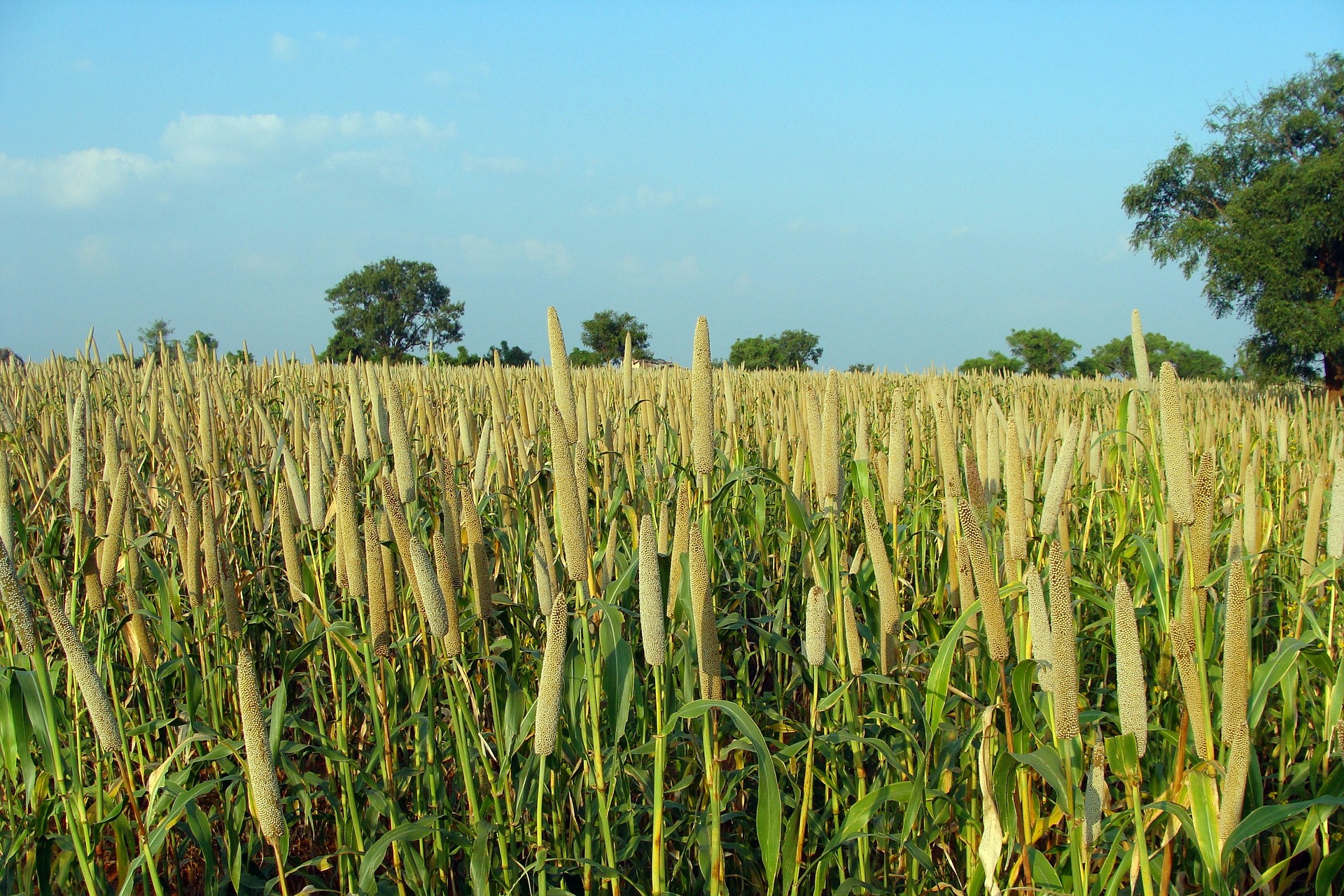
Millets in diet can lower risk of diabetes, says study

Consuming millets reduces the risk of developing type 2 diabetes and helps manage blood glucose levels in people with diabetes, shows a new study based on research from 11 countries.
Diabetic people who consumed millets as part of their daily diet saw their blood glucose levels drop 12-15% (fasting and post-meal), and blood glucose levels went from diabetic to pre-diabetes levels, says the study that was published recently in ‘Frontiers in Nutrition’.
COVID has brought attention back to good health and nutritious food. Diabetics have been found to be more vulnerable to coronavirus. A healthy diet, supplemented by millets, would not only help in controlling diabetes but will also add important nutrients to our plate, say researchers involved in the study.
The research is the first in a series of studies that have been worked on for the last four years as a part of the ‘Smart Food initiative’, led by the International Crops Research Institute for the Semi-Arid Tropics (ICRISAT).
Researchers, who were a part of the project, say the findings have the potential to design appropriate meals with millets for diabetic and pre-diabetic people as well as for non-diabetic people as a preventive approach.
The study shows HbA1c (blood glucose bound to haemoglobin) levels lowered on average 17% for pre-diabetic individuals, and the levels went from pre-diabetic to normal status.
Also read: Your grandma’s favourite food items are back in demand as superfood
“No one knew there were so many scientific studies undertaken on millets’ effect on diabetes. These benefits were often contested, and this systematic review of the studies published in scientific journals has proven that millets keep blood glucose levels in check, reducing the risk of diabetes, and has shown just how well these smart foods do it,” said Dr S Anitha, the study’s lead author and a senior nutrition scientist at ICRISAT.
Dr Hemalatha, Director, National Institute of Nutrition (NIN) said, “Diabetes contributed to very high disease burden from 1990-2016 in India. Diabetes-related health expenditure was over USD 7 million. There is no easy solution, and it requires a lifestyle change, and diet is a very important part of this. This study provides one part of the solution useful for individuals and governments. How we use this and implement it into programs needs careful planning.”
Diversifying food
India, China and the USA have the highest numbers of people with diabetes. Africa has the largest forecasted increase of 143% from 2019 to 2045, the Middle East and North Africa 96% and South East Asia 74%. Diversification of food by including millets will help keep diabetes in check.
Dr. Ananthan Rajendran, a study author and scientist at the National Institute of Nutrition emphasized, “Now we have strong proof that diversifying our diets with millets can help in prevention and management of diabetes and its complications. India urgently needs solutions to reverse the dangerous growing trend of diabetes and millets is one of the solutions we should be promoting.”
Better than rice and maize
The findings affirm that eating millets can lead to a better glycemic response. Millets have a low average glycemic index (GI) of 52.7, about 30% lower glycemic index (GI) than milled rice and refined wheat, and about 14-37 GI points lower compared to maize. All 11 types of millets studied were either low (<55) or medium GI (55-69), GI being an indicator of how much and how soon a food increases blood sugar level. The review concluded that even after boiling, baking and steaming (most common ways of cooking grains) millets had lower GI than rice, wheat and maize.
“Millets are traditional foods consumed in India. Use of locally available millets as dietary diversification coupled with good lifestyle modifications would help reduce not only Type II diabetes but also gestational diabetes,” said study co-author Professor Kowsalya Subramaniam, registrar at Avinashilingam Institute for Home Science and Higher Education for Women (deemed-to-be-university) in Tamil Nadu.
“The global health crisis of undernutrition and over-nutrition coexisting is a sign that our food systems need fixing. Greater diversity both on-farm and on-plate is the key to transforming food systems,” said Dr. Jacqueline Hughes, Director General ICRISAT.
“Diversifying what we grow and eat with millets, can bring about significant impact given that millets have a less negative impact on the environment than the major crops as well as the multiple health benefits,” emphasized Dr. Arvind Kumar, Deputy Director General (Research), ICRISAT.

